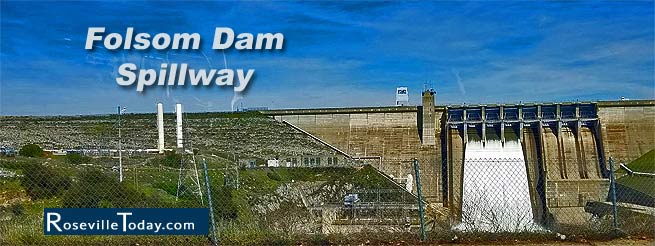Critically dry year may portend another record-setting fire season
SACRAMENTO, Calif. – The Department of Water Resources (DWR) conducted the third manual snow survey of the season at Phillips Station. The manual survey recorded 56 inches of snow depth and a snow water equivalent (SWE) of 21 inches, which is 86 percent of average for this location. The SWE measures the amount of water contained in the snowpack and is a key component of DWR’s water supply forecast.
“…water efficiency and drought preparedness are more important than ever…
Karla Nemeth, DWR Director
“As California closes out the fifth consecutive dry month of our water year, absent a series of strong storms in March or April we are going to end with a critically dry year on the heels of last year’s dry conditions,” said DWR Director Karla Nemeth. “With back-to-back dry years, water efficiency and drought preparedness are more important than ever for communities, agriculture and the environment.”
Dry conditions require coordination among state, federal and local entities. State water leaders are preparing to address the current dry conditions adaptively, guided by lessons learned during previous droughts.

Reservoirs showing the impacts
With below-average precipitation across the state, California’s reservoirs are showing the impacts of a second consecutive dry year. Lake Oroville is currently at 55 percent of average and Lake Shasta, California’s largest surface reservoir, is currently at 68 percent of average for this date.
Statewide snow survey measurements continue to reflect the overall dry conditions. Measurements from DWR’s electronic snow survey stations indicate that statewide the snowpack’s SWE is 15 inches, or 61 percent of the March 2 average, and 54 percent of the April 1 average. April 1 is typically when California’s snowpack is the deepest and has the highest SWE.
10 Percent Allocation
The current State Water Project (SWP) allocation of 10 percent amounts to 422,848 acre-feet of water, distributed among the 29 long-term SWP contractors who serve more than 27 million Californians and 750,000 acres of farmland. Last year the initial allocation was also 10 percent, with a final allocation of 20 percent set in May 2020.
Precipitation in the form of rain – and snowfall at higher elevations – is critical because it refills reservoirs, packs away snow for spring runoff and helps stem the risk of wildfires. As dry conditions continue to persist, Californians should look at ways to reduce water use at home. Each individual act of increasing water efficiency can make a difference. Visit SaveOurWater.com to learn easy ways to save water every day.
(21+ years strong)
Welcome to the brighter side!
Get in front of local customers! 24/7 (365)























